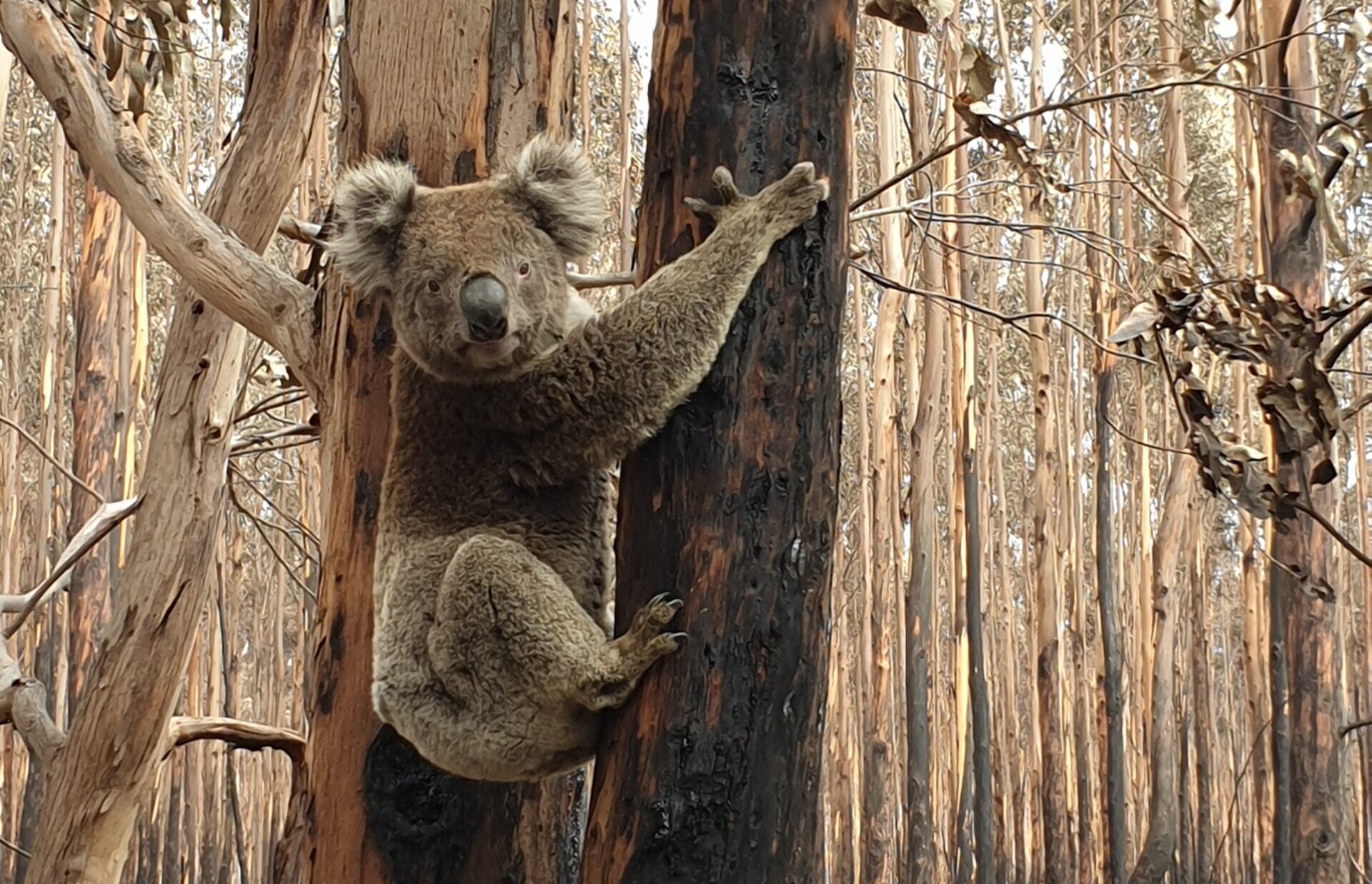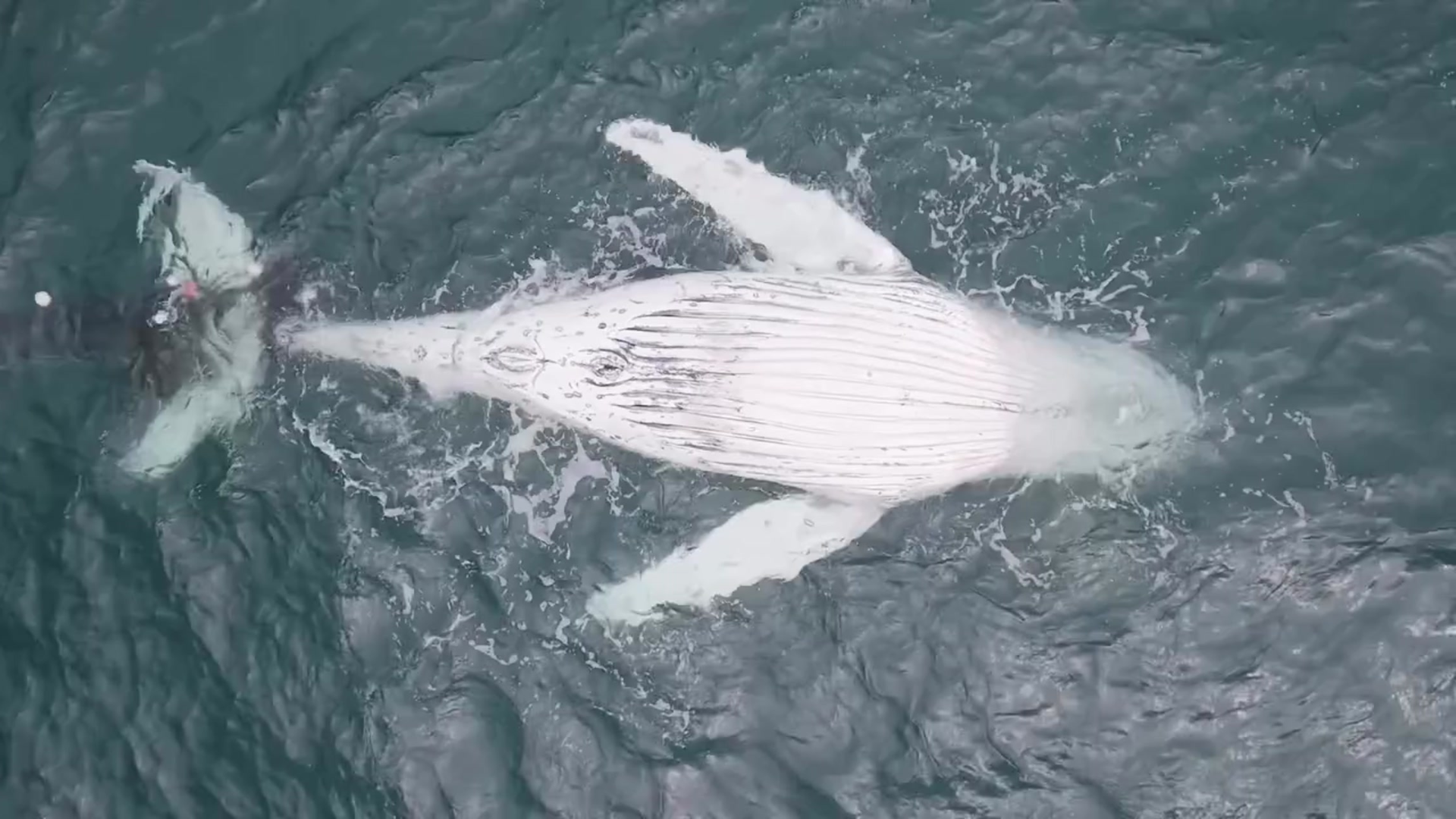Humane World for Animals Australia says risks to nature outweigh the gains in long anticipated reforms to Australia’s nature laws, tabled in parliament today. Having previewed the amendments to the Environment Protection and Biodiversity Conservation (EPBC) Act tabled today, Humane World for Animals Australia’s Director, Campaigns, Nicola Beynon says the...
It’s the spooky season, and Australians are lucky to have a huge diversity of weird and wonderful wildlife to send shivers down your spine! From creepy but cute to downright macabre, here are some of our favourite native species to help you celebrate Halloween this year:
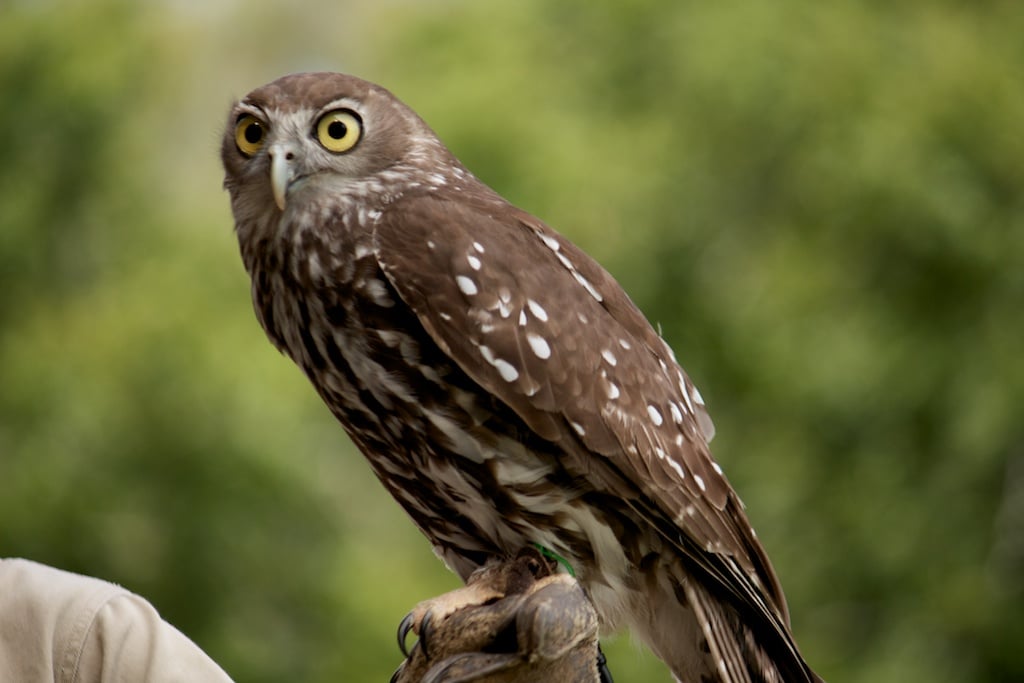
Barking Owls
Owls carry a wide range of meanings, but for many cultures they are an omen of bad luck or associated with the dead. Their silent, watchful nature combined with their oddly human-like faces has inspired fear in people for millennia.
In Australia, the barking owl adds another layer of creepiness to these superstitions with its legendary howl, which can sound exactly like a screaming woman! Listen to it here: https://www.owlpages.com/owls/species.php?s=3090
Some Aboriginals attributed this scream to the fearsome Bunyip, a mythical creature that lived in waterways and hunted people, particularly young women.
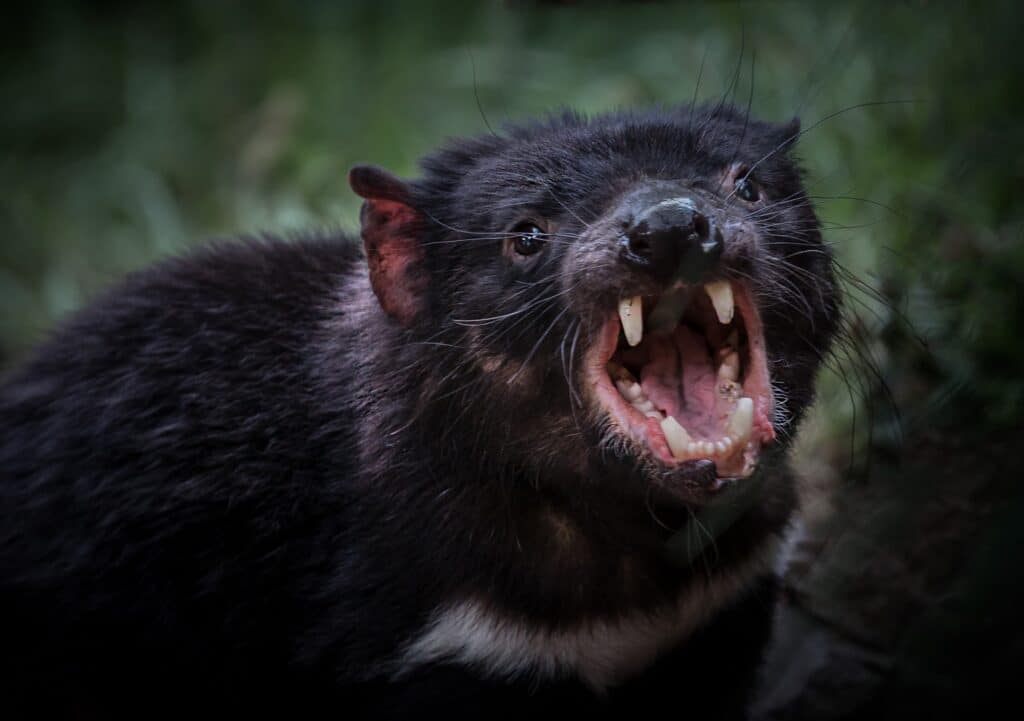
Tasmanian Devils
These fierce and feisty marsupials were a source of terror for Europeans in early settlement, where bloodcurdling screams, growls and grunts inspired tales of demons in Tasmania’s wilderness.
Tasmanian devils also love to eat carrion and have a gruesome habit of sleeping inside carcasses to guard their meal. In reality, though, scavengers like these are immensely important for keeping diseases at bay and cleaning up their ecosystems.
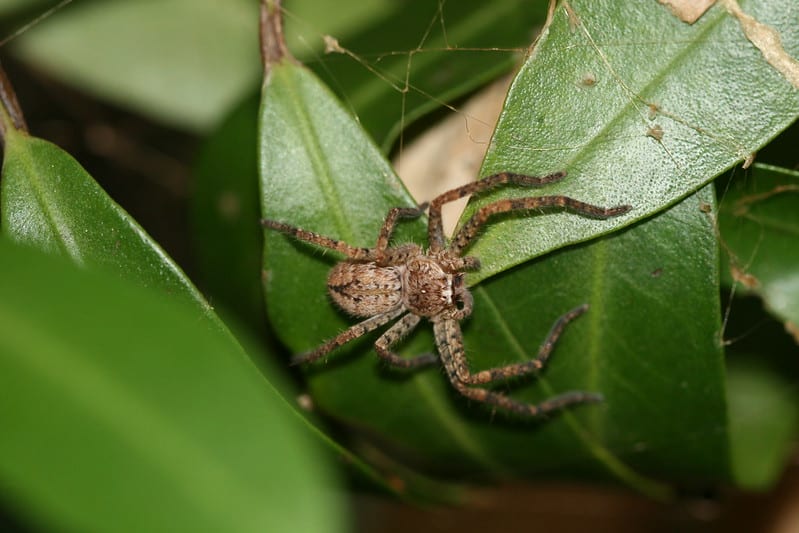
Huntsman spiders
Did you know that there are nearly one hundred huntsman spider species in Australia? They are probably the most feared spiders in the country, but as many of us know they are also mostly harmless!
Huntsmans are named because they actively hunt down and ambush their prey, rather than using a web. Their long, crablike legs help them to move very quickly, and their flat bodies help them to hide in crevasses in trees and rocks.
These spiders can be essential for controlling cockroaches, mosquitoes and other insects around your home!
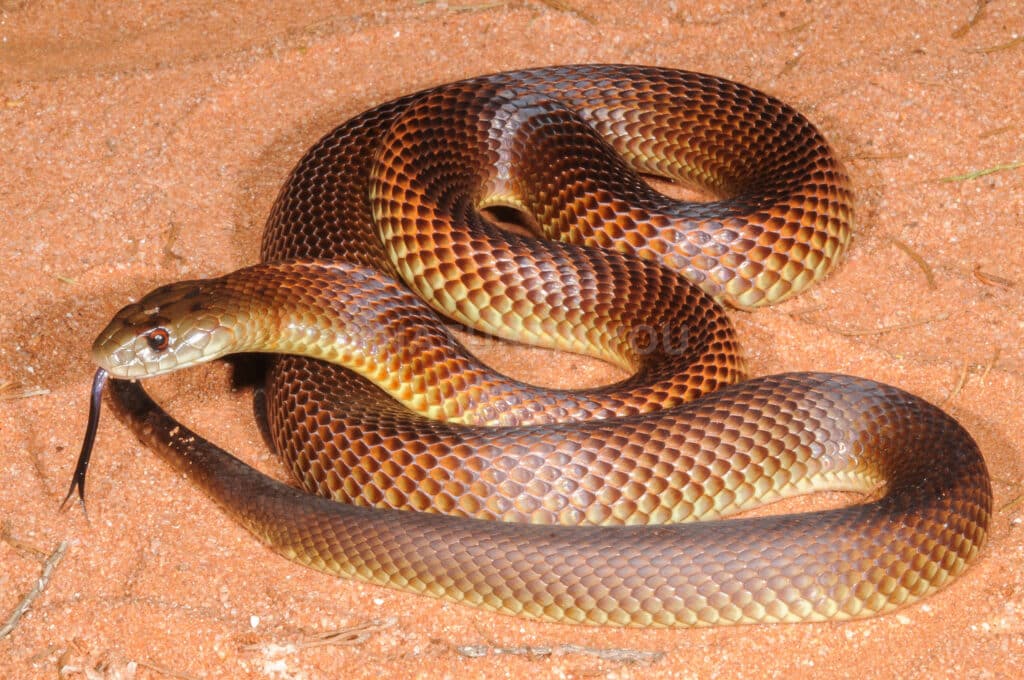
Mulga snakes
If snakes have nightmares, they’d probably be about mulgas! Also known as king brown snakes or the cobra of the Pilbara, they are one of Australia’s most widespread snakes.
These snakes are built to hunt, with a powerful bite that injects huge amounts of venom into their prey. They actively hunt snakes including other mulgas, and are immune to the venomous bites of several snake species.
Though they are formidable, their best defense is intimidation – bites to humans are rare and can be treated with antivenom!
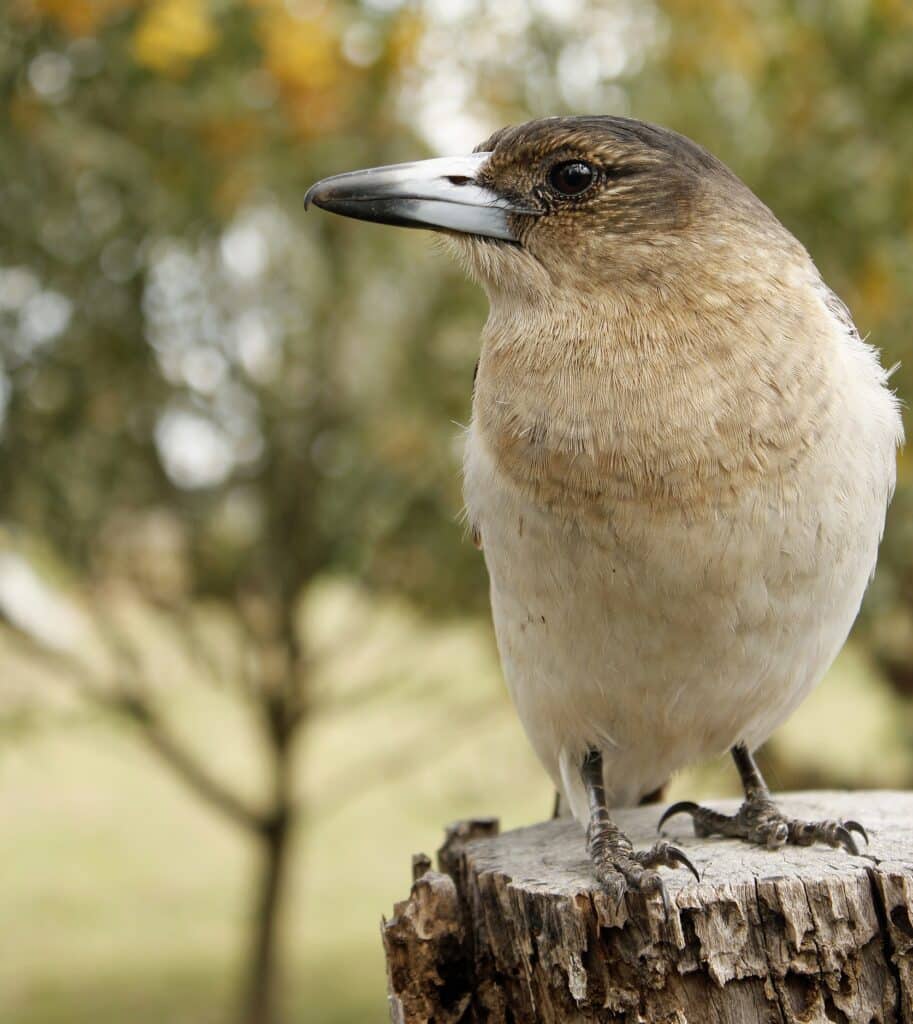
Butcherbirds
These songbirds are found in suburbs all around Australia, and are beloved for their beautiful, complex songs and their curious, bold nature. But, as their name suggests, they have a dark side.
These birds prey on insects as well as lizards, small mammals and other birds and will impale their victims on a sharp branch, often storing several kills together in this “larder”. This can be used to keep their food safe, make it easier to eat or to attract mates!
Images: butcherbird: Brendon and Judi Gray; barking owl: Flickr//dayvayen; Tasmanian devil: Robin Yates; huntsman spider: Flickr//Arthur Chapman; Mulga snake: Flickr//Scott Eipper

